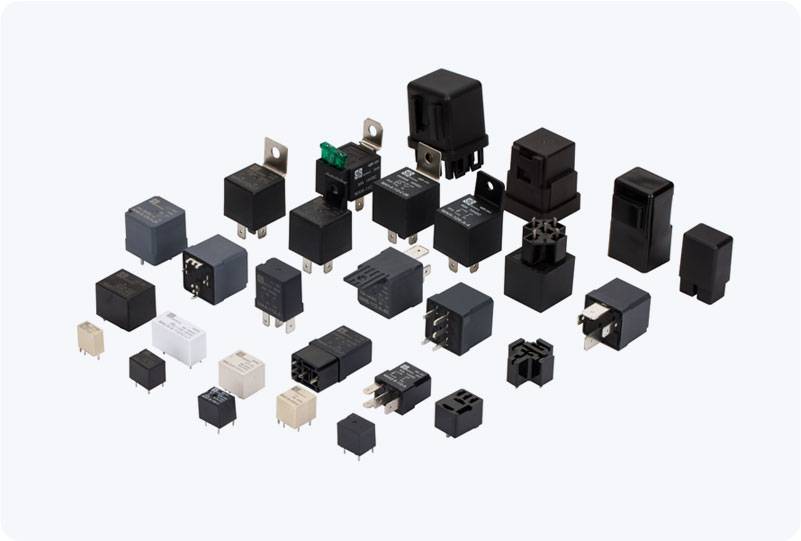In the world of electronics and automation, controlling high-voltage devices using low-voltage control circuits is a common yet essential task. However, achieving this safely and efficiently requires certain components that ensure proper isolation and protection for both the control circuit and the high-power load. One such component that plays a critical role in this regard is the Optocoupler Protected Relay Module. This versatile module combines the functionality of a relay with the protective benefits of optocouplers, making it an essential component in many control systems.

What is an Optocoupler Protected Relay Module? An Optocoupler Protected Relay Module is a device that allows a low-voltage control system to safely control high-voltage devices, such as motors, lights, or other household appliances. It consists of two main components: a relay and an optocoupler (also known as an optoisolator). The relay is responsible for switching high-voltage loads, while the optocoupler ensures electrical isolation between the low-voltage control circuit and the high-voltage side. The key benefit of this module is the optical isolation provided by the optocoupler. The optocoupler uses light to transmit signals from one side of the circuit to the other, without any direct electrical connection. This isolation helps protect the sensitive control circuit from electrical surges, spikes, and other disturbances that may occur on the high-voltage side.